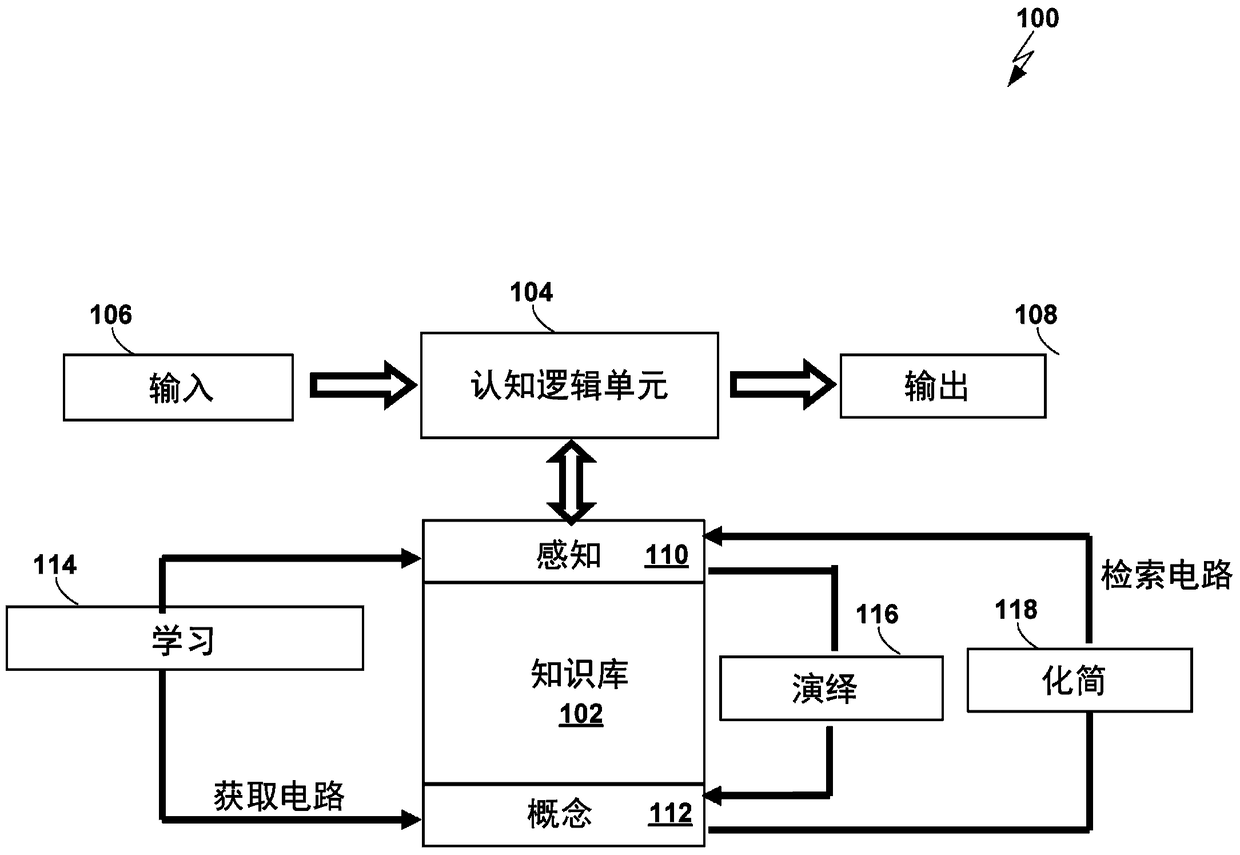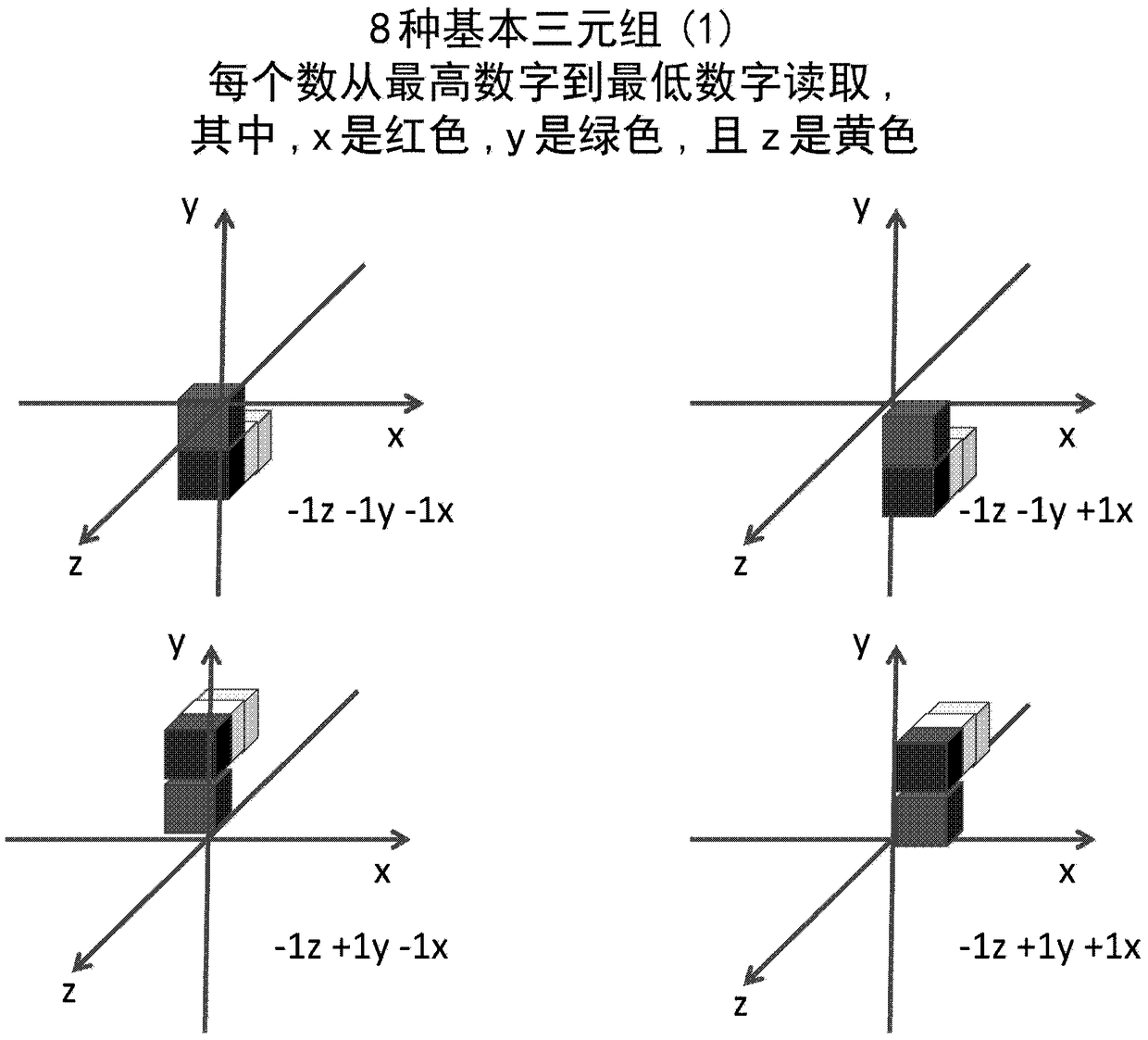A Polynomial Method for Constructing Nondeterministic (np) Turing Machines
A non-deterministic, Turing machine technology, applied in reasoning methods, knowledge-based models of computer systems, instruments, etc., to solve problems such as ignorance
- Summary
- Abstract
- Description
- Claims
- Application Information
AI Technical Summary
Problems solved by technology
Method used
Image
Examples
Embodiment Construction
[0025] In general, a non-deterministic Turing machine (NTM) implemented according to an embodiment of the present invention includes four subsystems: (1) a spatial binary enumeration system; (2) a 3-dimensional relational system; (3) a simulated human logic system ; and (4) a bijective collective memory system.
[0026] For example, see figure 1, shows a schematic diagram of a non-deterministic Turing machine (NTM) 100 according to an embodiment of the present invention. NTM 100 includes a memory 102 referred to herein as a "bijective set" memory because it contains data representing bidirectional relationships as will be described in more detail below. Memory 102 is also referred to herein as a "knowledge base," as that term is used in US Patent No. 6,611,841. The NTM 100 also includes a simulated human logic system 104, which is also referred to herein as a cognitive logic unit or a parallel information processor. Cognitive logic unit 104 does not work in the same way as ...
PUM
 Login to View More
Login to View More Abstract
Description
Claims
Application Information
 Login to View More
Login to View More - R&D
- Intellectual Property
- Life Sciences
- Materials
- Tech Scout
- Unparalleled Data Quality
- Higher Quality Content
- 60% Fewer Hallucinations
Browse by: Latest US Patents, China's latest patents, Technical Efficacy Thesaurus, Application Domain, Technology Topic, Popular Technical Reports.
© 2025 PatSnap. All rights reserved.Legal|Privacy policy|Modern Slavery Act Transparency Statement|Sitemap|About US| Contact US: help@patsnap.com



